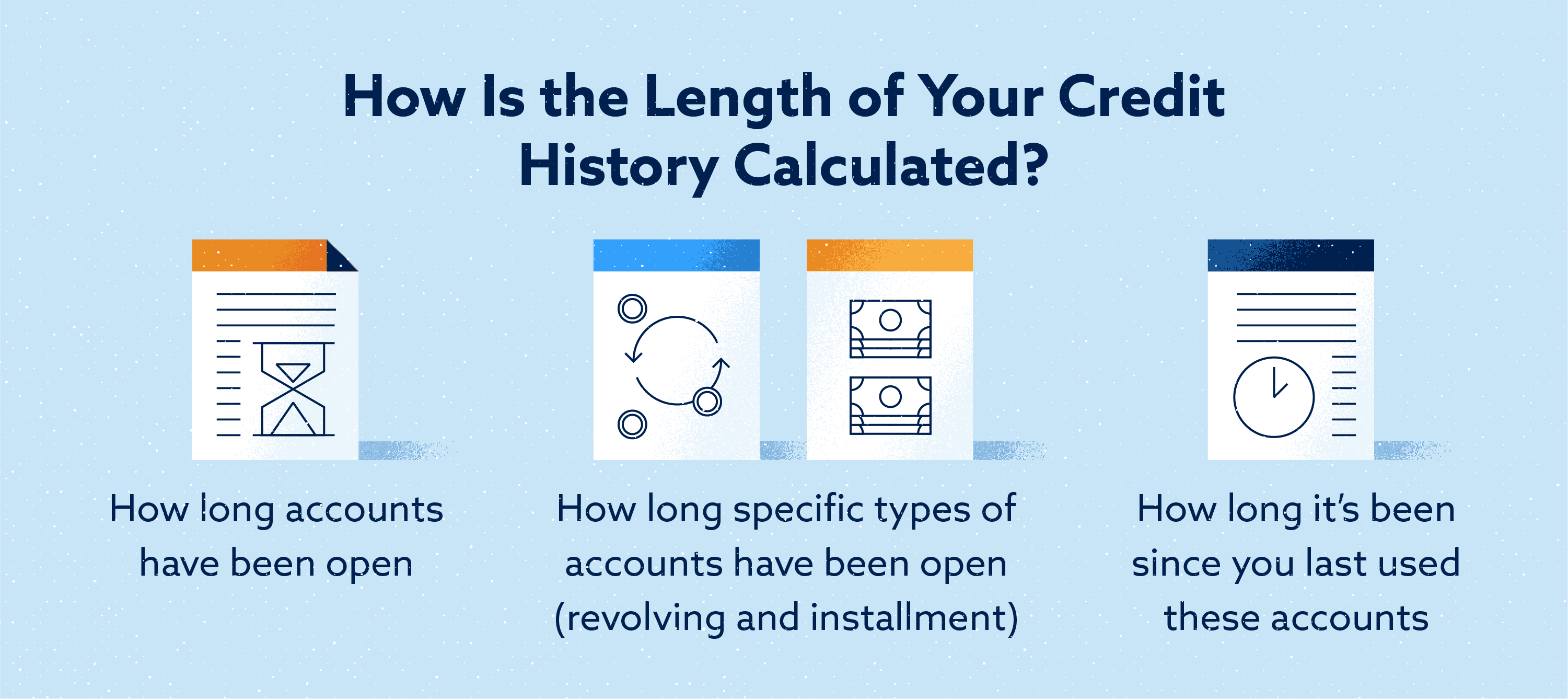
You can see the impact of adding or removing credit characteristics by looking at their time series. These credit characteristics can have a significant impact on a person's credit score. The article also discusses the Effects of dropping certain credit characteristics and the effect of high-cost credit on credit scores.
Time series evolution of credit scores
The time series component of many credit decisioning tools is crucial. This data allows lenders to assess the risk of a borrower by tracking how much a consumer has paid over time. Lenders can gain a greater understanding of borrowers' late payments history by looking at time series data on their credit card balances.
Although this data can be positive, it may also indicate a downward trend. This is especially true for consumers with lower risk and lower scores. A recent drop in hard credit inquiries might be due to increased consumer attention on reducing spending and decreasing debt.

The impact of dropping credit characteristics related to groups
One study evaluated the effects of removing related credit characteristics from credit scores. The average credit score was able to be lowered by 2.5 points or approximately one-fifth. The changes were larger for people with younger credit scores than for people with older credit scores.
Dropping a single characteristic from a credit score had very little effect on the mean score for blacks. The most significant change in the average black credit score was 0.1 points. The high correlation between these characteristics in our scoring model is what explains this small change. These differences are consistent across all three scorecards.
Other characteristics may have an adverse effect on your ability to perform.
Analyzing credit scores has traditionally focused only on one characteristic. For example, age. The effects of adding other characteristics are not well understood, but adding another characteristic to the model may have a significant effect. The model for each scorecard was reevaluated with the additional characteristic. It was then compared to the FRB base modeling.
Although the average score did not change, adding race or ethnicity would affect the predictive value. These attributes can be removed, but it would have a significant impact on model predictiveness.

High-cost credits have negative consequences
There are several reasons why taking on high-cost debt can negatively affect a credit score. It signals lenders that the borrower is a high-risk credit risk. Second, high-cost loans can result in higher defaults. These defaults can have adverse effects on the overall financial position. Third, high-cost loans can negatively impact the borrower's reputation.
High-cost loans can limit the availability of standard sources of financing, and reduce demand. Second, high-cost loans can cause borrowers to choose high-cost, which is a higher risk category. This may be a good option for short-term financial problems, but it can also limit the availability of traditional sources of financing.